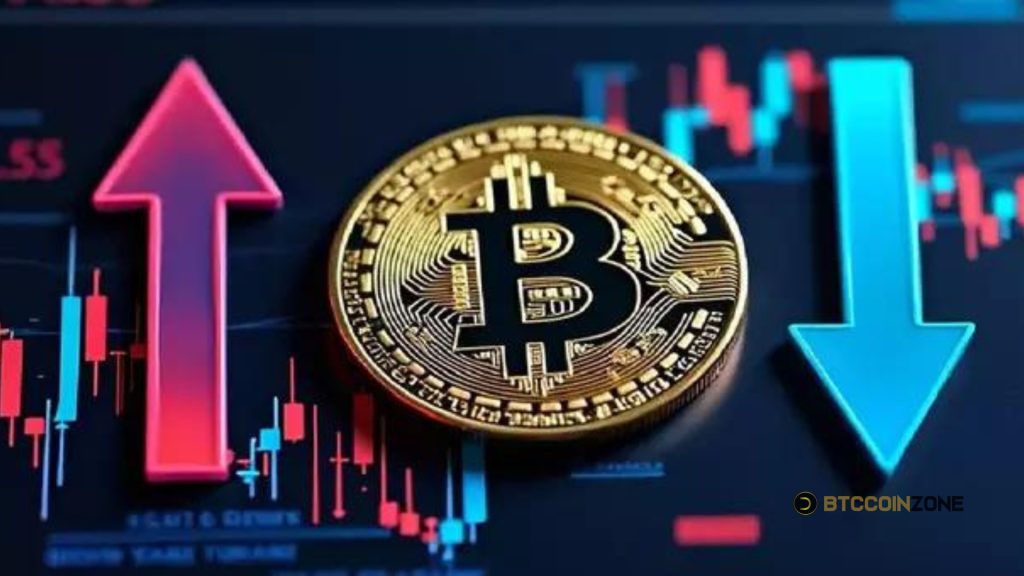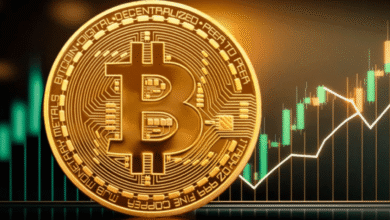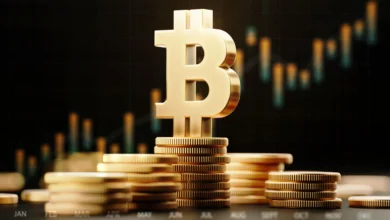Bitcoin Price Simplified Daily Updates
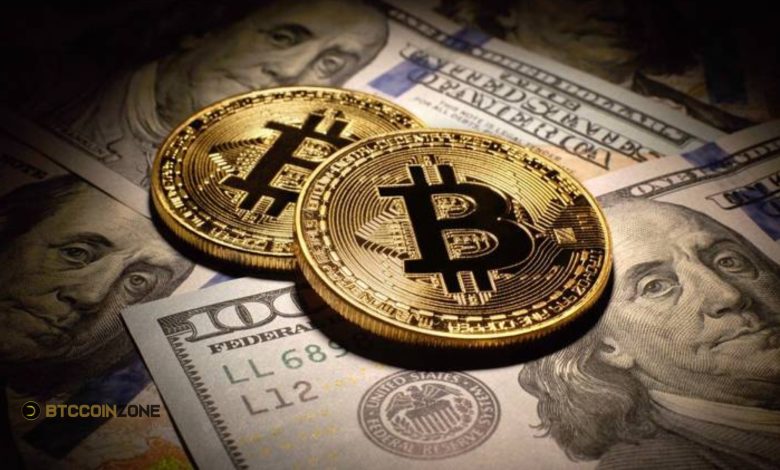
Bitcoin Price Simplified: Known as “digital gold,” Bitcoin has captured the attention of the financial world with its revolutionary features and extreme price volatility. Anyone interested in the cryptocurrency market would do well to familiarize themselves with the factors that influence Bitcoin’s price, the reasons behind its fluctuations, and how it compares to more conventional financial instruments. If you’re confused about how much Bitcoin is worth, this article will help you understand it better and address some of your most pressing issues.
Bitcoin Price Simplified Updates
Market mood, regulatory news, and global economic conditions are just a few of the many everyday elements that affect Bitcoin’s price. If Bitcoin starts the day at £24,000 and ends the day at £24,500, for instance, the rise indicates optimism among investors or good news, such as a big corporation accepting Bitcoin. Price opening, closing, high, and low, as well as percentage changes, are usually included in daily updates.
Shocks, like regulatory pronouncements or massive trades by “whales,” can cause prices to soar or plummet. For the purpose of making educated selections, traders and investors keep a careful eye on these developments. To succeed in the unpredictable cryptocurrency market, participants need to know what drives these daily shifts. Your approach and comprehension of Bitcoin’s dynamics in the ever-changing financial landscape can be enhanced by staying updated on daily price changes, whether you’re a short-term trader or a long-term investor.
What Influences Bitcoin’s Price?
The price of bitcoin is affected by a number of factors, each of which contributes to the cryptocurrency’s volatility and the behavior of the market. Examining the major drivers in greater detail is as follows:
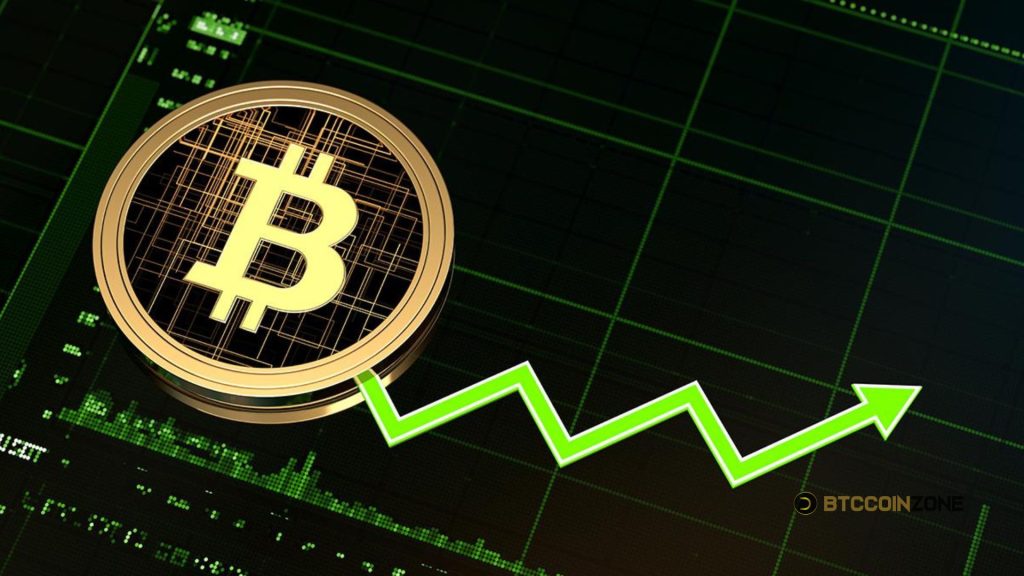
Supply and Demand
The concept of scarcity is central to Bitcoin’s operation. With almost 19 million coins already produced, its supply is limited to a maximum of 21 million. Because there is a finite supply, prices tend to rise in response to increases in demand. Increased institutional investment, widespread acceptance by corporations, or people seeking Bitcoin as an inflation hedge are all potential causes of a spike in demand. On the flip side, prices can go down if demand goes down, which could happen if regulations are too strict or if the market is already at capacity.
Market Sentiment
The price of Bitcoin is greatly affected by market sentiment. A positive mood, fueled by upbeat news, the support of powerful individuals, or the implementation of successful technology advancements, can cause prices to soar. Conversely, large drops in value might be the outcome of pessimism, which is frequently stoked by panic over security breaches, government crackdowns, or general economic concerns. The confidence that investors have in Bitcoin’s potential for growth on any particular day is a major factor in its price.
Regulatory Environment
Another important consideration is Bitcoin’s regulatory landscape. The best way to control cryptocurrency regulation is a mystery to governments and banks worldwide. Favorable regulatory developments, such as Bitcoin’s official tender status or well-defined regulatory frameworks, can eliminate doubt and cause prices to rise. The inverse is also true; when bad news, such as complete prohibitions or strict controls, breaks, prices might fall.
Technological Developments
The blockchain, the technology that underpins Bitcoin, is in a state of perpetual evolution. If new technologies enhance Bitcoin’s scalability, security, and transaction speed, its price could rise due to increased demand from users and investors. A good example of a breakthrough that could boost usage and the cost of Bitcoin is the Lightning Network, which enables faster and cheaper transactions. Nevertheless, the pricing could be badly affected by technology vulnerabilities or setbacks.
Macro-Economic Factors
The dynamics of Bitcoin’s price are also heavily influenced by global economic situations. Similar to gold, Bitcoin is sometimes viewed as a “haven” commodity during periods of financial uncertainty, such as high inflation, currency devaluation, or geopolitical unrest. As a result of this impression, its price can rise as investors try to hold on to their money. On the flip side, when the economy is steady, people may be more interested in more conventional assets, which could reduce Bitcoin’s demand.
Market Manipulation and Whales
The potential for “whales” (individuals or entities holding huge quantities of Bitcoin) to manipulate the market by purchasing or selling enormous sums at once is a source of concern in the cryptocurrency ecosystem. Such measures have the potential to generate fictitious pricing changes, resulting in transient increases or decreases. This manipulation exacerbates the unpredictable nature of Bitcoin markets.
Media Influence
Both favorable and negative press coverage have the power to influence how the public feels and what businesses do. Reports of hacking events or regulatory worries, for example, can cause sell-offs and price decreases. Meanwhile, positive media exposure can attract new investors and drive prices up. No one in the Bitcoin industry can afford to ignore the power of the media to influence public opinion.
Bitcoin’s Historical Price Movements
Many have coined the term “boom and bust” to describe the ups and downs of Bitcoin’s value throughout the years. One of Bitcoin’s most well-known price increases occurred in 2017 when its value reached nearly $20,000 by December. By the end of 2018, however, it had dropped to roughly $3,000. In the same vein, Bitcoin 2021 reached a record high of around $64,000 in April before plunging to a low of less than $30,000 a few months later.
These ebbs and flows illustrate how Bitcoin is inherently speculative, with price movements influenced more by speculation and market emotion than by its actual worth. In spite of these ups and downs, Bitcoin’s long-term upward trend has convinced some that it is a good store of wealth, on par with gold.
The Future of Bitcoin’s Price
FAQs About “Bitcoin Price”
1. Why is Bitcoin’s price so volatile?
Bitcoin’s price fluctuates because of its tiny market size and speculative character. Factors like market mood, regulatory announcements, and technological advances. Lack of a central authority to stabilize the market also increases volatility.
2. Can Bitcoin’s price reach zero?
Bitcoin’s price could go to zero. Given its adoption, infrastructure, and perceived value, it’s unlikely, but any speculative asset carries substantial risks and losses.
3. What factors could drive Bitcoin’s price higher?
Factors that could drive Bitcoin’s price. Higher include increased adoption by individuals and institutions. Technological advancements that improve its usability. Favorable regulatory developments, and macroeconomic conditions. That favor alternative assets like Bitcoin.
4. Is Bitcoin a good investment?
Whether Bitcoin is a good investment depends on your financial goals, risk tolerance, and understanding of the cryptocurrency market. It’s important to conduct thorough research and consider the risks associated with Bitcoin’s volatility before making any investment decisions.
5. How is Bitcoin different from traditional currencies?
Bitcoin is decentralized and operates on a peer-to-peer network. Meaning it isn’t controlled by any central authority, unlike traditional currencies issued by governments. It’s also finite, with a capped supply of 21 million coins. Making it more akin to digital gold than traditional money.

